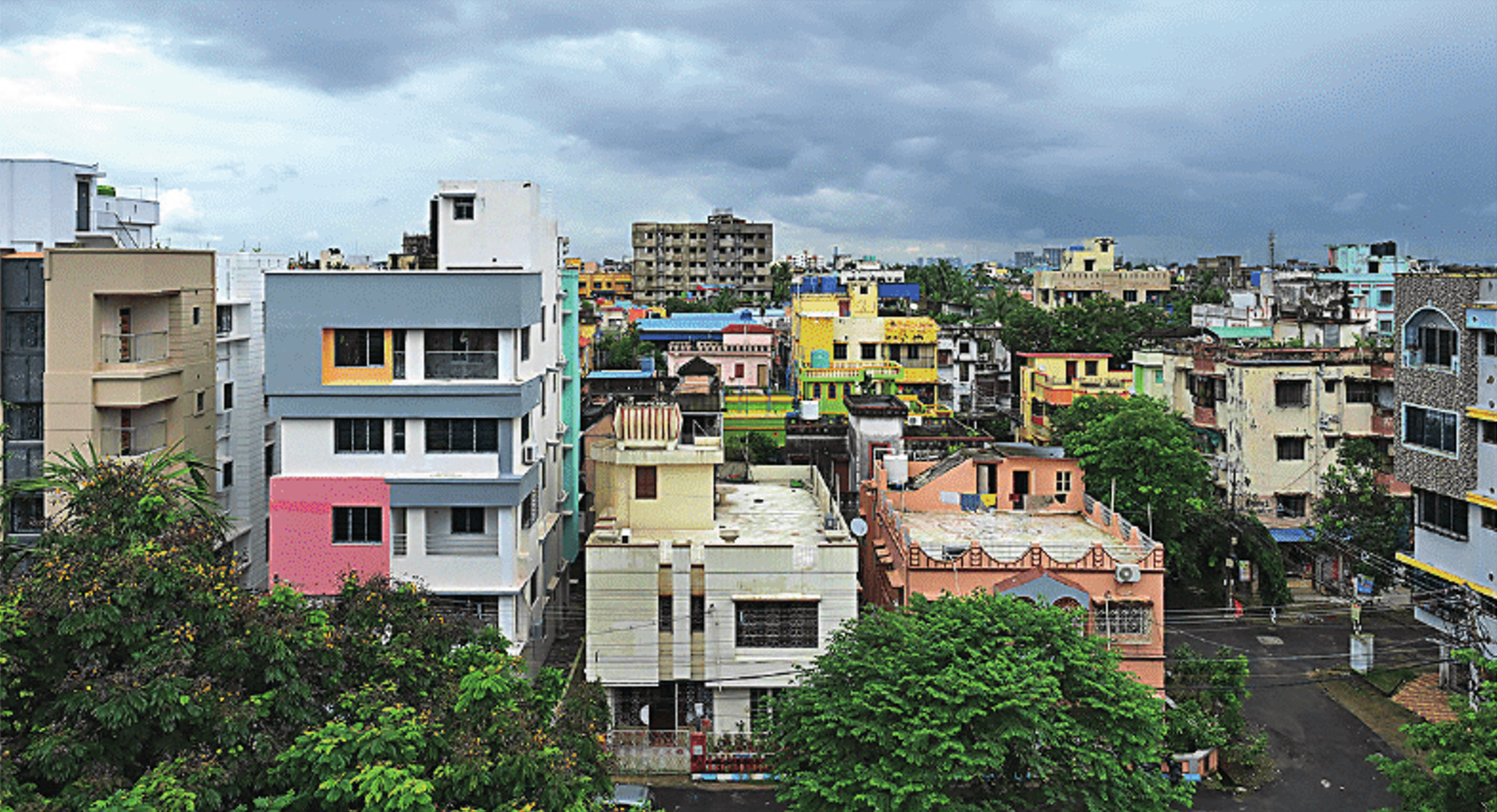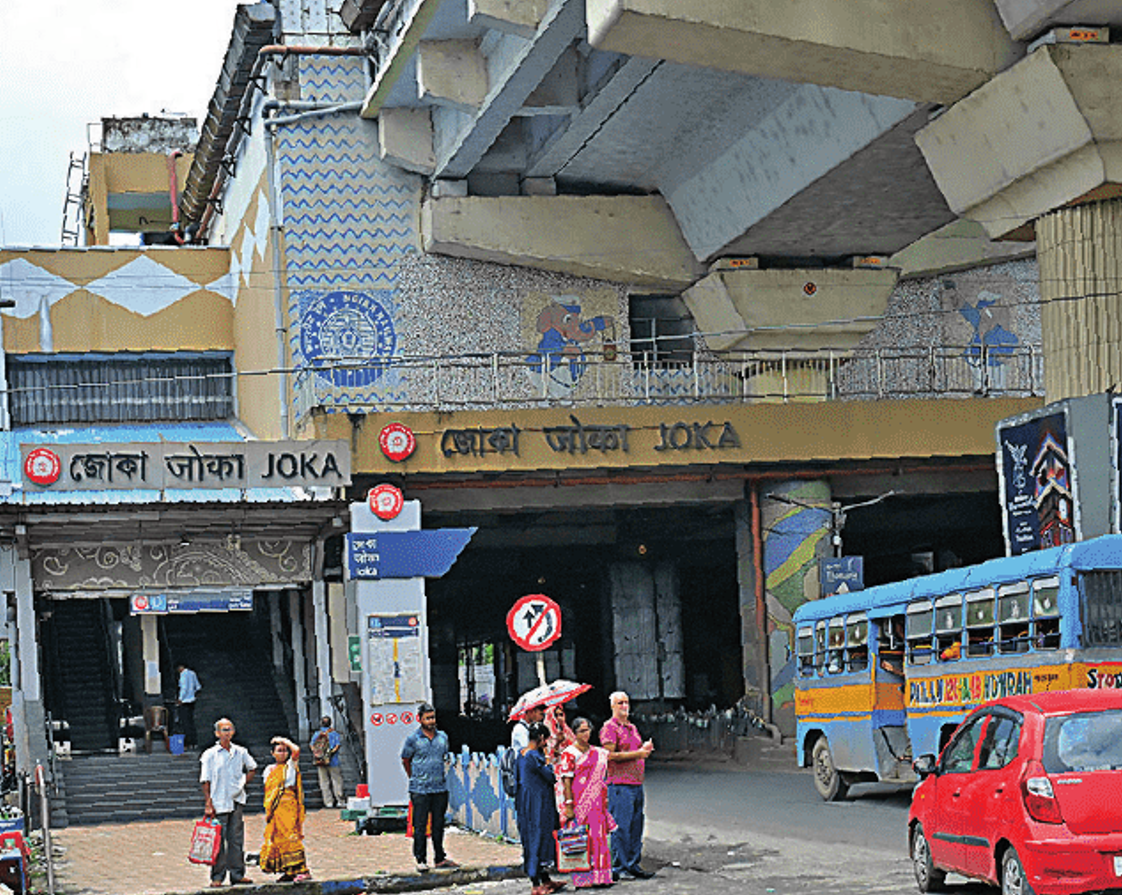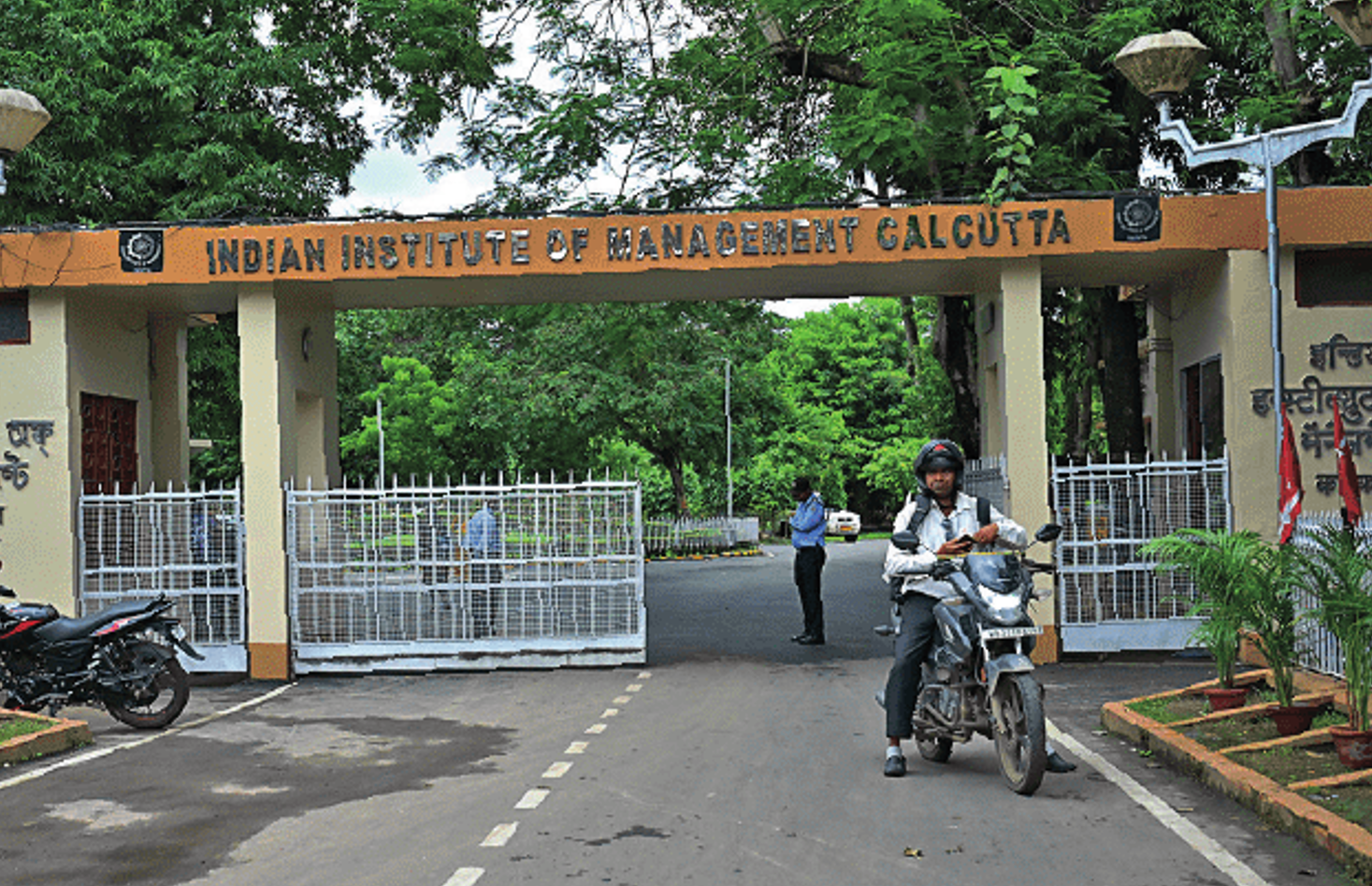When a former director of Indian Institute of Management-Calcutta, who is a reputable management guru and associated with multiple institutions like banks and ISM-Dhanbad, opted to stay at the first-ever condo in Joka almost a decade and half ago, 1961, he found several of his relatives and friends questioning his decision. They said Joka's claim to fame was its management institute and multiple educational institutes in its periphery, in short the management para. But it cannot "ever be good enough to rival a Salt Lake or a Ballygunge".
Cut to the present. Joka, a locality nestled in the southern fringes of Kolkata, is leading the real-estate boom in Kolkata, with the past five years seeing over 16,000 new dwelling units. In fact, on both sides of Diamond Harbour Road, leading all the way to the Swaminarayan Temple at Bhasa beyond Pailan - and the Bakrahat Road off Joka - housing complexes have now filled the skyline, replacing the semi-rustic setting that once gave the area its unique identity.

If the metro coming to Joka acted as the catalyst, its addition to the Kolkata Municipal Corporation area was another contributing factor. "I remember coming here and settling as a college student when my mother joined IIM as an employee. The Vivekananda Mission School campus was set up soon after. The 37 route tram to Esplanade was the lifeline in our initial days, and the elevated track made it an unique experience. Back then, hardly shop existed beyond the tram depot. Now, the tram line has been dismantled and the metro line is visible. You get the trendiest departmental stores and self-made apartments with mini theatres. A replica of the Kasba mall is soon to open shop here. Even as life has become a lot easier with better communication and accessibility, I do miss the old rustic charm of this place," said Swadhin Bose, a resident of Vivek Ville.
Tathagata Mukherjee, an IT executive, was born and brought up in Behala. He has recently invested a fortune - and is even selling his old house at Behala Chowrasta - to shift to Joka. "As a child, we used to go for picnics at Joka. Now, I am convinced that the lifestyle I can lead within that condo is not possible in Behala. We have even admitted our children at VMS Joka," said Mukherjee.
This transformation evolving from a relatively obscure area into a burgeoning urban locality with a promising future - has been driven by a combination of infrastructural developments, administrative changes, and a real estate boom, all of which have contributed to the changing face of Joka.
Diamond Park from Diamond Harbour Road was earlier broken. "They have paved it now. But there is scope for improving amenities," he said.

Historically, Joka was part of the greater Barisha region, characterized by its semi-rural landscape and a slower pace of life. The area was primarily governed by the Joka-I and Joka-II panchayats, which managed local administrative affairs. The presence of IIM-Calcutta, established in 1961, was a significant landmark, but beyond this, Joka remained largely underdeveloped and disconnected from the urban sprawl of Kolkata.
A pivotal moment in Joka's history came in Sept 2012 when it was incorporated into the KMC. This administrative change marked a significant shift, as Joka transitioned from being a part of the panchayat system to becoming an integral part of Kolkata's municipal framework. The area was reorganized
into wards 142,, 143, and 144 of the KMC.
Another significant infrastructural developments that have contributed to Joka's transformation is the metro route. It has been a game-changer for the locality. The promise of improved connectivity has not only made Joka more accessible but has also spurred a real estate boom in the area. In 2007, land prices in Joka were relatively modest, with a cottah (approximately 720 square feet) costing around Rs 3 lakh. Fast forward to the present, and the same cottah commands a price of no less than Rs 22 lakh. The prices of residential properties in Joka have increased by 51% from 2019 to 2024, outpacing other areas like Rajarhat, New Town, and EM Bypass. This price appreciation reflects the growing desirability of Joka as a residential hub.
While the transformation of Joka presents numerous opportunities, it also poses certain challenges. The rapid pace of development has raised concerns about the potential for unchecked real estate growth, which could lead to issues such as overcrowding, inadequate infrastructure, and environmental degradation.

The challenge for Joka lies in balancing the demands of urbanization with the need for sustainable development. The area has the potential to become a modern township with well-planned infrastructure and amenities, but this requires careful planning and regulation.
The involvement of institutions like the Indian Institute of Engineering Science and Technology (IIEST), Shibpur, in surveying the area and suggesting measures for building the sewer network is a positive step. However, large-scale improvements in amenities can only be achieved with the active participation of elected representatives who are committed to the area's development.